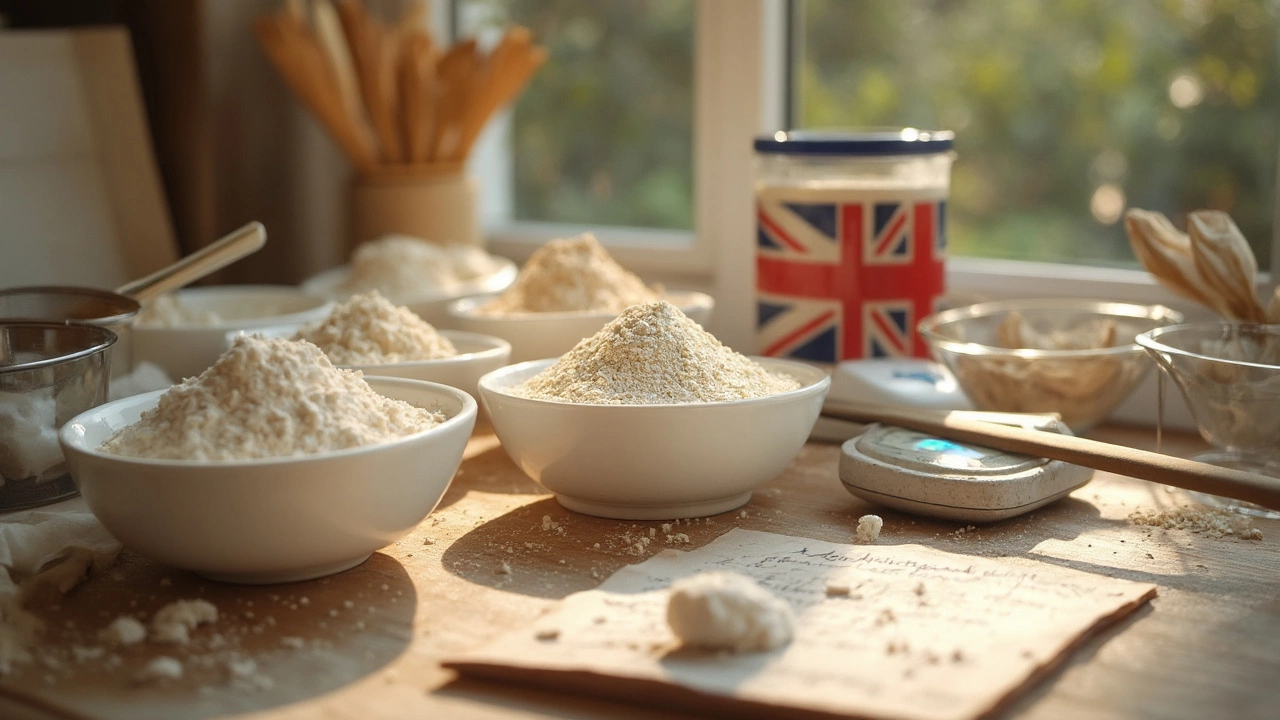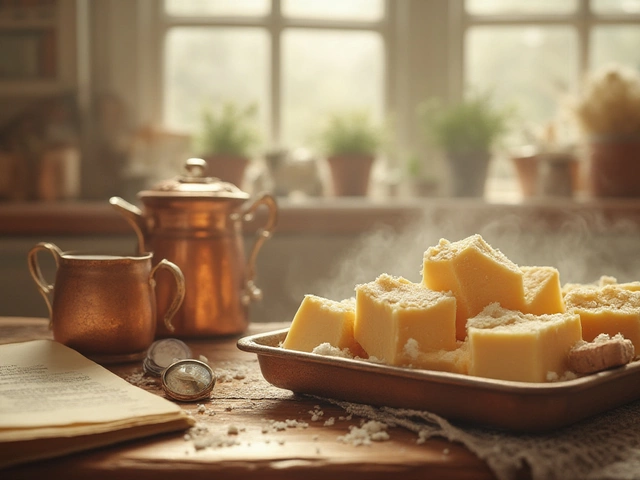Almond Flour – What It Is and Why You’ll Love It
Almond flour is simply ground almonds, ground fine enough to act like regular flour. Because it’s made from nuts, it’s naturally low in carbs and high in healthy fats, protein, and vitamin E. That makes it a go‑to for gluten‑free, paleo, and low‑carb bakers who still want a moist texture and a subtle nutty taste.
Baking with Almond Flour
When you swap regular flour for almond flour, keep a few rules in mind. First, don’t use a one‑to‑one swap; almond flour is denser, so most recipes call for about ¾ cup almond flour for every cup of all‑purpose flour. Second, add a binder like eggs, xanthan gum, or psyllium husk—almonds lack gluten, so you need something to hold the structure together.
Almond flour works great in cookies, muffins, quick breads, and even pizza crust. For a simple cookie, mix 2 cups almond flour, ½ cup sweetener, 1 egg, and a splash of vanilla. Scoop onto a tray and bake at 350°F for 10‑12 minutes. The cookies stay soft inside and get a light crisp on the edges.
If you’re making a cake, combine almond flour with a little coconut flour (about ¼ of the total flour weight) to keep the crumb light. Add extra leavening—baking soda or powder—because almond flour doesn’t rise as much as wheat flour.
Storing & Substituting
Almond flour can go rancid faster than grain flours because of its oil content. Store it in an airtight container in the fridge or freezer, especially if you bought a bulk bag. In the fridge it lasts about three months; in the freezer, up to a year.
When you need a quick swap, look for almond flour that’s blanched (skins removed) if you want a lighter color, or unblanched for extra fiber. If a recipe calls for almond meal (coarser), you can pulse almond flour in a food processor for a few seconds to give it texture.
Remember that almond flour adds a subtle nutty flavor, so it’s best in recipes that complement that taste—think chocolate, citrus, or spice‑driven desserts. For savory dishes like meatballs or crusted fish, the flavor works nicely too.
Finally, don’t be scared to experiment. Try mixing almond flour with a bit of oat flour for a milder taste, or blend it with coconut sugar for a quick pancake batter. The key is to keep an eye on moisture—almond flour soaks up liquids quickly, so you may need to adjust the wet ingredients.
With these basics, almond flour becomes a versatile pantry staple. Whether you’re chasing a low‑carb lifestyle or just want richer‑tasting baked goods, you now have the know‑how to bake, store, and swap it confidently.






